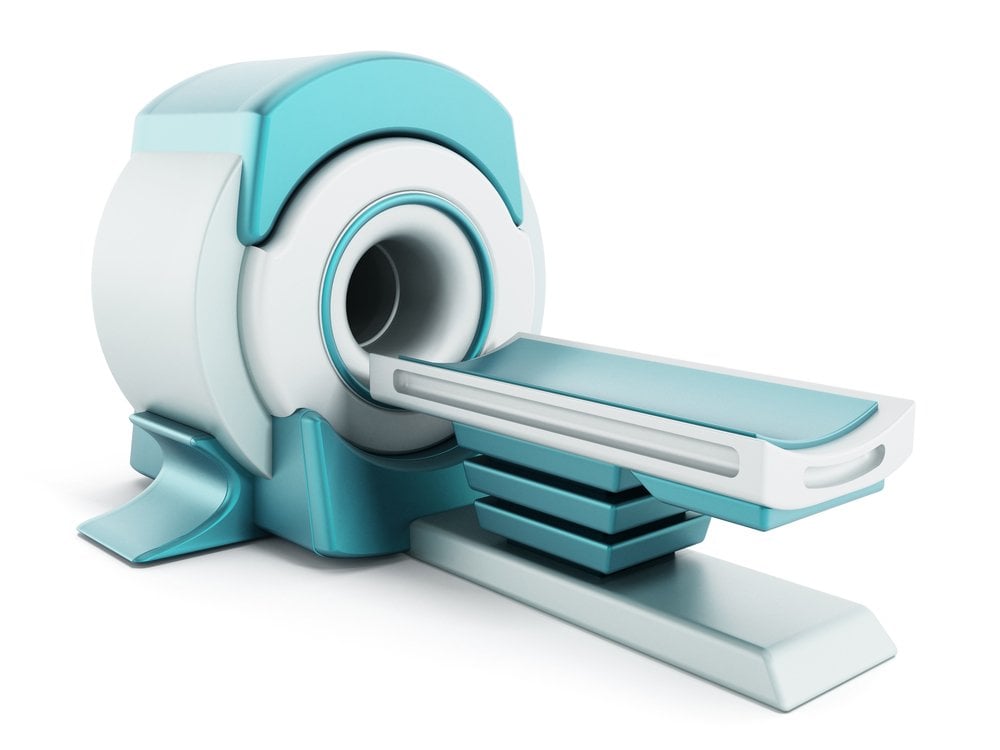German neurologists Hans Gerhard Creutzfeldt and Alfons Maria Jakob discovered CJD in the 1920’s.
Disease

CJD is a group of fast acting, fatal (usually less than 1 year) neurological diseases caused by prions (normal proteins within the body). These prions change (mutate) to cause CJD.
Multiple forms of CJD exists and no cure exists. Sporadic CJD (sCJD) tends to effect individuals over the age of 60 with no known cause for the infection.
Genetic CJD (gCJD) has a dominant pattern where if one parent has the disease each child would have a 50% chance of inheriting the gene. Multiple genetic mutations are known to increase individuals’ risk for gCJD. Individuals with this form of the disease tend to be younger, 40-60 years old, at the age of onset.
Acquired forms of CJD cause < 1% of US cases. Iatrogenic CJD (iCJD) are associated with medical treatments. Variant CJD (vCJD) come from beef infected with the “mad cow” prion disease, bovine spongiform encephalopathy (BSE or mad cow disease). Individuals with this form of the disease are the youngest to become infected.
Approximately 1 person per million people may be affected by CJD. Approximately 320 new cases are diagnosed in the United States. Most cases (85%) occurring for no know reason. A majority (10-15%) of the remaining cases appear to genetic causes. Rarely, about 1%, CJD cases are related to individuals eating beef with bovine spongiform encephalopathy (BSE or mad cow disease) or via medical procedures.
Causes
See above.
Diagnosis
Examination by a doctor, often a neurologist, and possibly a psychologist or psychiatrist. Neurologists specialize in disorders of the nerves and brain. Psychologists and psychiatrists evaluate individuals’ mental health. (Psychiatrists are medical doctors who can prescribe medications. Psychologists cannot prescribe medications but are more likely to provide individual or group counseling.

Blood tests-A needle is poked into a person’s vein and blood is collect in tubes to be tested in a lab. Such tests can rule out other causes, like infection. Genetic testing is also done this way.
Lumbar puncture-A needle is poked into a person’s back to draw out some of the fluid that surrounds the brain and spinal cord. This fluid is called cerebral spinal fluid (CSF). Doctors will send the fluid they collect to the lab to find out if there is another cause for the symptoms, like infection, or if there are abnormal proteins indicative of CJD in the CSF.
Electroencephalogram (EEG)-Small stickers are placed on the client’s head and allow doctors to watch brain wave patterns looking for specific changes noted with CJD. This test may also be used to rule out seizure-like behavior of some clients.

Magnetic Resonance Imaging (MRI)-The client is placed into a scanner like the one pictured on the left. This device uses a magnet to takes pictures so that the doctor can see through the skull to see the brain.
Computed Tomography (CT)-Similar to an MRI, the CT scanner lets doctors and other healthcare providers look at the brain. The machine can take multiple X-rays in a short period of time and creates multiple pictures, slices, of the brain to see the brain structure in more detail than an MRI.
Signs & Symptoms
Brain-Dementia, anxiety and or depression can be seen in in persons with CJD as their brain deteriorates. Family may also note that the person’s personality changes. With certain types of CJD plaques are seen on MRI or CT scans. These plaques are a buildup of materials in the brain that do not let the electrical signals flow through the brain correctly. Difficult sleeping (insomnia) may also occur.
Eyes-Individuals with CJD may initial present at the eye doctor complaining of blurry vision or vision loss from one side of their eyes (hemianopia).
Muscles-Jerky, repeated muscle movements may be called myoclonus or extrapyramidal side effects (EPS) by your doctor. Difficulty with balance (ataxia) could lead to frequent falls and injuries from the falls.
Mouth-Individuals with CKD may have difficulty speaking or may even quit speaking all together as the facial muscles have less ability to move. This also affects these individuals’ ability to eat.
Treatment
Treatment is considered supportive as there is no cure for CJD. A variety of psychiatric medications may be used to control symptoms of anxiety, depression, personality changes, and at times even muscle jerks. Some individuals with CJD or their family members may choose to have a feeding tube placed to reduce the risk of choking or pneumonia for individuals who have difficulty swallowing.
Individuals with CJD or their families may choose to participate in hospice programs either in their home or a nursing facility to help control symptoms of CJD at the end of life. Families of individuals with CJD also need emotional support during this time.
Resources and References
https://cjdfoundation.org/about-cjd
https://www.cdc.gov/prions/cjd/index.html
https://www.karger.com/Article/FullText/503274#f01
https://www.nhs.uk/conditions/creutzfeldt-jakob-disease-cjd/treatment/

